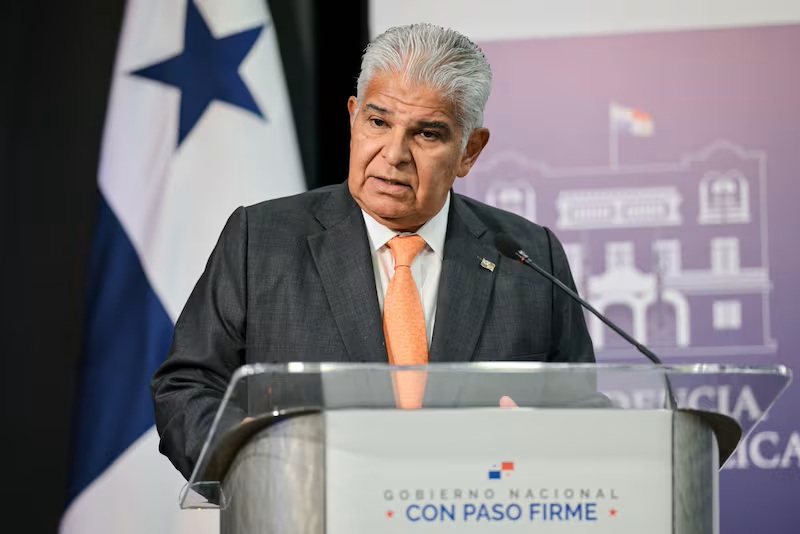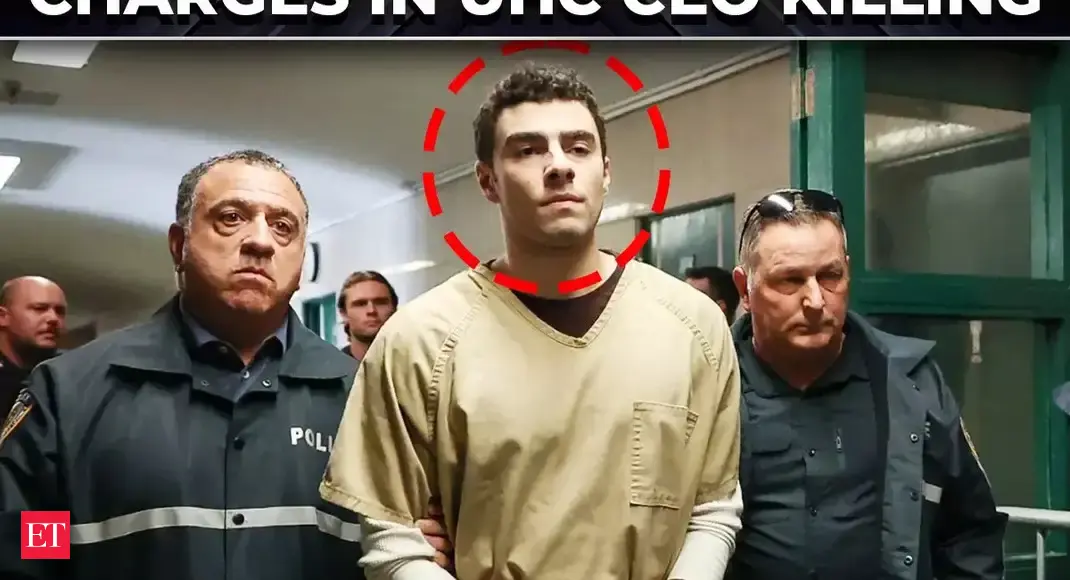
MISSOULA — “What is it you want me to do?” U.S. District Court Judge Dana Christensen asked the legal team behind 22 youth suing the Trump administration over a series of actions aimed at “unleashing” the fossil fuel industry.
The lawsuit, Lighthiser v. Trump, was filed in Montana’s federal district court in May and seeks to overturn a series of executive orders the youth argue will make climate change — and related crises such as extreme wildfires — worse.
The federal government, joined by a coalition of 19 states and territories led by Montana, seek the case’s dismissal.
But Christensen, during a hearing Wednesday in Missoula’s federal courthouse, seemed skeptical of the remedy as he quizzed a lawyer for the youth about rolling back the three executive orders.
The lawsuit seeks to overturn Trump Executive Orders 14154, “Unleashing American Energy,” 14156, “Declaring a National Energy Emergency,” and 14261, “Reinvigorating America’s Beautiful Clean Coal Industry,” but the ask appears to be anything but simple.
Over the last seven months, federal agencies have rescinded funding from climate science initiatives, pushed to open more land to oil and gas leasing, and halted renewable energy projects. Some of the actions have directly cited their compliance with the executive orders, while others align with the new administration’s policy agenda more broadly.
“If I enjoin these orders, and these defendants enact policies favoring fossil fuels regardless of my enjoining the executive orders, what do I do then?” Christensen asked Julia Olsen, lead counsel for the plaintiffs on the second day of hearings. “Many things done by these agencies … appear to be derived from or based on these orders. … Do you want me to enjoin these agency actions as well?”
Olsen said the goal was to revert the country to a “status quo” that existed on January 19, the day before Trump signed the three orders.
“The entire body of conduct should be enjoined,” she said. “Because it’s unconstitutional a … and is causing irreparable harm to these plaintiffs.”
Christensen appeared skeptical of that plan, which he said could amount to him having to review every energy-related policy and action taken by numerous government agencies “until the expiration of our collective lifetimes.”
Attorneys for the federal and state governments agreed, saying the court was essentially being asked to set national energy policy — a clear overreach.
“It’s unprecedented,” federal attorney Michael Sawyer said. “There is no basis in law for stepping in and going back to January 19th.”
In addition, he said an injunction would “irreparably harm” the United States and essentially force the district court into overseeing the actions of at least 13 federal agencies, with the plaintiffs’ lawyers returning to court every time they dispute an energy permit or federal rule.
“They basically get to become the masters of the court’s injunction,” Sawyer said.
Sawyer argued the plaintiffs lacked standing to bring the lawsuit, in part because there is no meaningful action the court can take to immediately offer relief to the alleged harms related to climate change, including wildfire smoke and extreme weather events like heat waves.
He also said challenging such a broad, sweeping policy order was the incorrect way to seek a change. Instead, he said the plaintiffs should challenge actual agency actions, such as a permitting decision over coal lease or a change to a specific rule.
“This is thousands of lawsuits packed into one,” Sawyer said. “There’s been hundreds of different permitting decisions by the Department of the Interior — they want the court to jump in and issue one ruling to stop them all.”
Sawyer sought to tie the Lighthiser arguments to another youth-led climate lawsuit, Juliana v. United States. That case was ultimately dismissed by the 9th Circuit Court of Appeals after years of litigation due to a lack of standing issue.
But Olsen argued they were fundamentally different, because the current case is not asking the government to address decades of actions with a plan of action, but merely stop three executive orders.
OVER THE two-day hearing, the court heard from five youth plaintiffs and a series of expert witnesses who spoke about climate science, energy policy and the health effects of climate change. The government didn’t call any witnesses.
Isaiah Hudson, a high school senior from Missoula, was the only plaintiff to take the stand on Wednesday, where he shared his love of the outdoors and of running.
As a varsity cross country runner for his high school, Hudson said summer months are a key time to build fitness for the fall season.
But when wildfires burning across the west fill the Missoula valley with smoke, he’s had to miss days, and even weeks, of training.
“I can’t exercise. I can’t go outside as often, and that impacts my mental health a lot,” Hudson said. “And it’s a constant reminder of the climate crisis we’re facing.”
Lori Byron, a retired pediatrician, testified about the increased harm children face from environmental factors exacerbated by climate change including from extreme heat and breathing particulate matter with still-developing lungs.
“Adding just one part per billion of pollution into the air mixture increases the risk of mortality,” she said. “…There are grave risks to these plaintiffs and other children by the concept of unleashing more fossil fuels.”
The court also heard from Nicole Hughes, the executive director of a renewable energy nonprofit who talked about the number of wind energy programs that had been halted after Trump took office, including the Lava Ridge Wind project in Idaho, stopped in one of the executive orders.
The government lawyers pushed back against some of Hughes’ testimony by pointing out that wind — and solar — energy are not mentioned in any of the three challenged orders, and Trump had issued an entirely separate memorandum on wind energy, which the plaintiffs aren’t trying to overturn.
That memo has been challenged in a Massachusetts court, and Sawyer said the Lighthiser plaintiffs “had every opportunity to go to that court and be part of that litigation.”
Instead, he said, they’re trying to assert their own policy preferences over every energy-related proposal by the administration.
A last witness called by the plaintiffs laid the groundwork that Trump’s orders to bolster the fossil fuel industry had no economic justification, as renewable sources such as solar and wind are cheaper than fossil fuels such as coal.
Geoffrey Heal, a professor emeritus at Columbia University in business and international and public affairs, said it was “baffling” to say the executive orders would strengthen trade and national security, as Trump and his lawyers argued, and that America was not in the midst of an energy emergency.
He compared the current state of affairs, where the county is relatively energy sufficient, with the 1970s, when wars in the middle east led to an oil shortage.
“There were gas stations with no gasoline, airports with no jet fuel, fights were breaking out,” Heal said. “That, unambiguously, amounted to an energy emergency.”
Christensen gave no indication of how long it would take for him to rule on the two motions.



